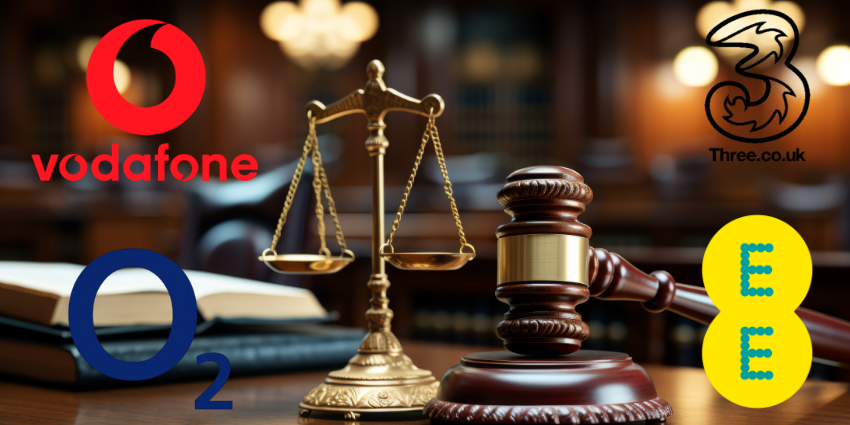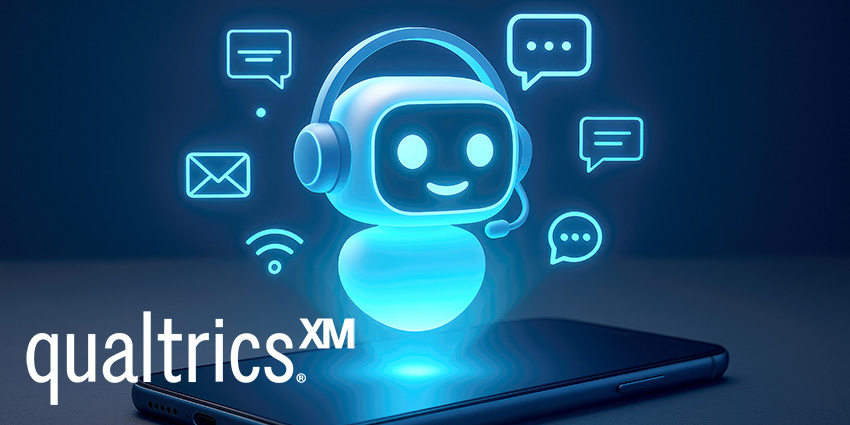Staying in touch with customers is essential for business growth. With digital transformation being well underway for a few years now, allowing customers to communicate with your organisation in the easiest way possible is the starting and perhaps the most crucial point in their journey.
Oftentimes, customers reach out to organisations when they are in need – they’ve come across an issue and need a helping hand fast. In such situations, they get in touch using their preferred channel of communication, or – perhaps surprisingly – the channel through which they’ll receive help or feedback from the organisation the quickest. This channel might not be their favourite, but they resort to it because it’ll yield the desired results at full speed.
In a webinar titled Digital Economy: The Biggest Disruptor to CX organised by Concentrix, Jackie Potts, Senior Director of VOC Product Strategy discussed rising preferences for human-assisted channels, as well as different ways to adapt CX and VOC strategies to your customers’ behaviour. CX Today spoke to Jackie to learn more not only about digital channels and making them more human but also customer communication in general.
Deep dive into customers’ preferences
Before companies embark on their journey of investing in communication channels, it’s definitely worth a review of customers’ preferences. According to data collected by Concentrix, over the past year customers have been choosing agent-assisted digital channels over self-service digital channels when interacting with a company. 47% of consumers aged 18 to 24 chose agent-assisted channels, despite chatbots and advanced conversational AI taking over the CX industry. The data shows a gap in which customers are still looking for a human at the other side of the line. Commenting on why that is, Potts says:
“The gap between preference and usage is primarily driven by lack of channel enablement. For example, if a banking customer wants to change their address and they are not able to do that through an agent-assisted digital channel that they prefer, they have to actually call or go to a branch.”
The channels that customers prefer aren’t always enabled or set up to do what customers want to do in those channels. There are a lot of brands that are deploying these new agent-assisted digital channels but do not realise how customers really want to use them.
Another important aspect that companies are often missing out on is the empathy of these digital channels. Being face to face with the customer is obviously the most natural setting in which empathy can really shine through. But how can companies make digital channels more empathetic?
Potts explains: “Companies have to make sure that as they’re setting these channels up properly. There is a clear playbook for what digital empathy looks like.”
“On the other hand, employees need to be trained to be able to display that in a digital environment, because it differs from empathy displayed in person.”
Messaging is the way to go
Messaging stands out as the preferred channel of communication, based on data displayed by Concentrix. Customers seem to want to use messaging much more than before, as they are already engaging in their personal lives through messaging quite a lot. Now, they are looking to do business transactions and all different sorts of interactions with companies through text.
Potts describes messaging as “companies’ low hanging fruit” and elaborates further: “Messaging is not only easy to deploy but its benefits are massive. For companies that really want to empower customers and create significant cost savings for their business, messaging is the right channel to start with.”
It is the demanded channel of choice for 85% of customers who start with messaging. From a cost perspective, there are also 30 to 50% cost savings compared to traditional environments, such as live support agents.
Looking at the bigger picture, implementing messaging as one of the main channels of communication seems logical since customers are already using it so much in their day to day lives.
Create a virtuous cycle of improvement with VOC
Now, after the channel is successfully deployed, it’s crucial to capture feedback from customers to see if it’s serving them as intended, creating a virtuous cycle for continuous optimisation Potts continues: “Agent-assisted digital channels are rarely designed to listen to customers after the interaction. They are often so new companies are only thinking about deployment vs. optimisation.”
“There needs to be an embedded approach to listening to customers inside these channels. As soon as a messaging experience is done, you need to be asking a couple of questions inside that messaging window or inside that text message. These insights are used on an ongoing basis to fuel and evolve the strategy for that channel.”
When asking for feedback, companies should keep it short and to the point. No more than three to five questions. Tell the customer that the feedback you are asking for is going to be used to change something to make their experience better next time. They’ll be more willing to engage in the feedback loop if they understand how it’s going to be used. With ConcentrixCX, companies can collate omnichannel feedback to enhance CX delivery, coach agents, and improve channel strategies.
Companies need not be afraid of embracing different digital channels. On the contrary, it’s highly encouraged. It’s also encouraged to first assess the needs and preferences of your potential customers before taking the big leap. Messaging has definitely gained an advantage over other digital channels in recent years. Concentrix helps you make the most out of it with XP Messaging.







